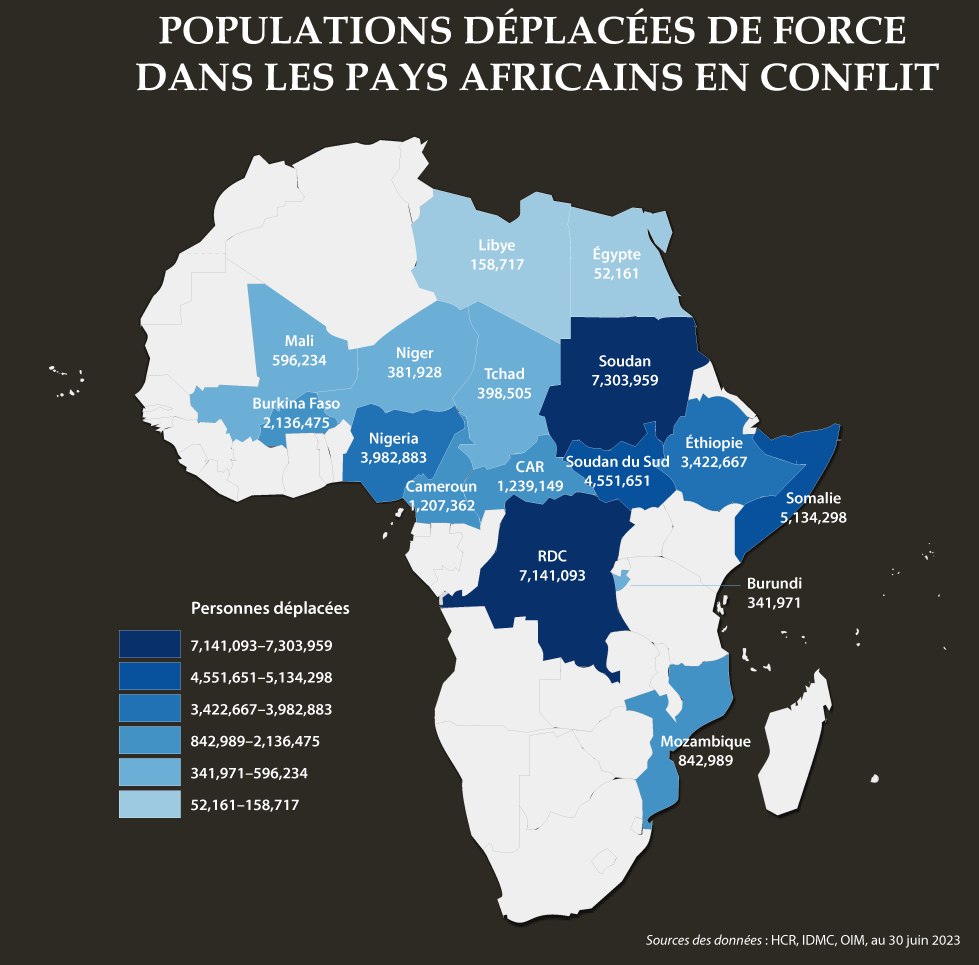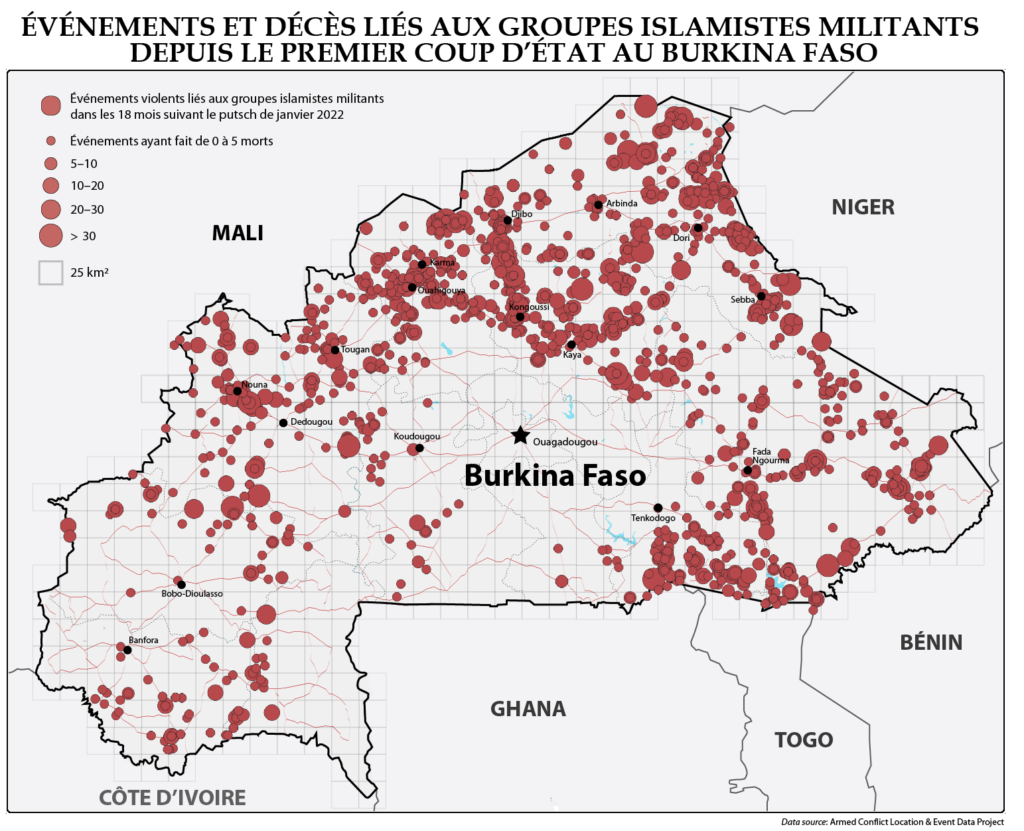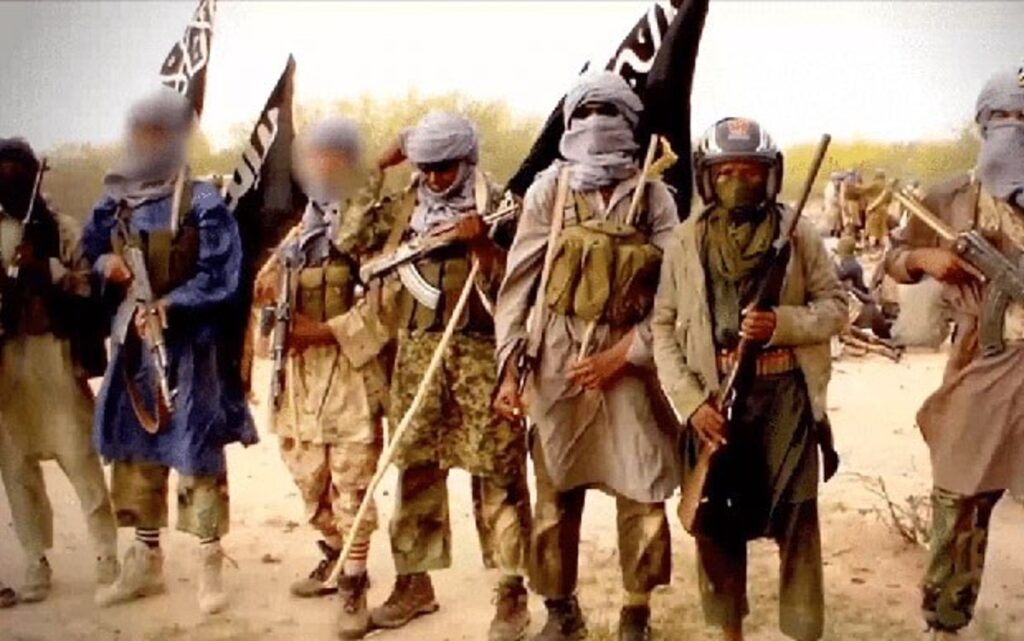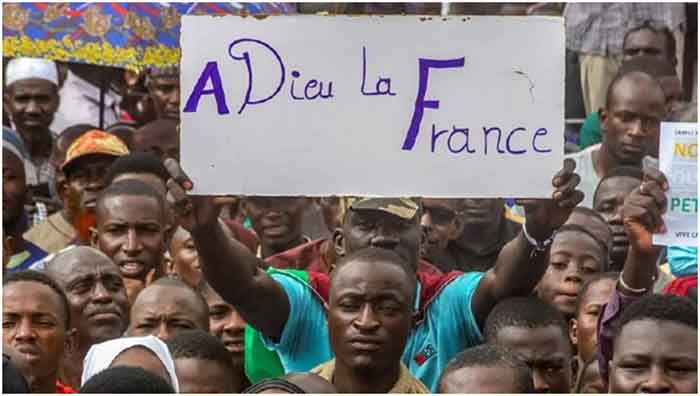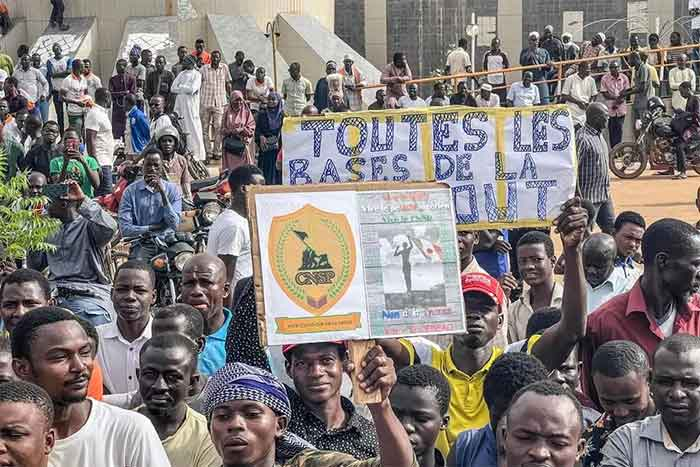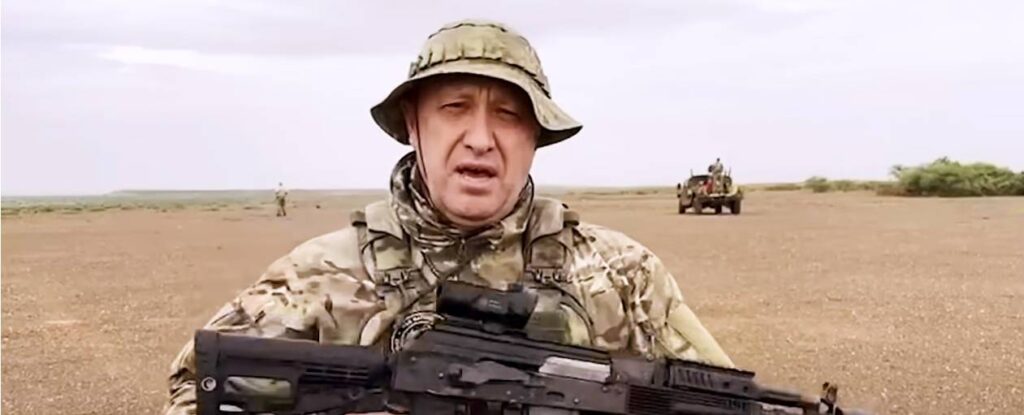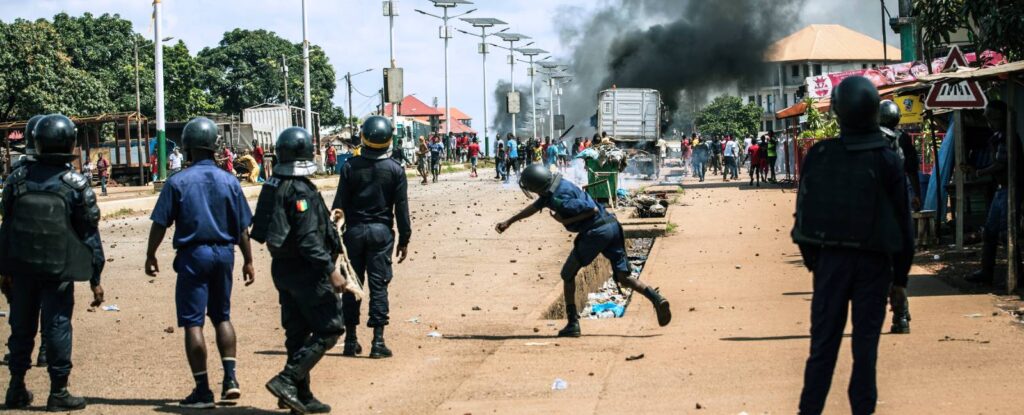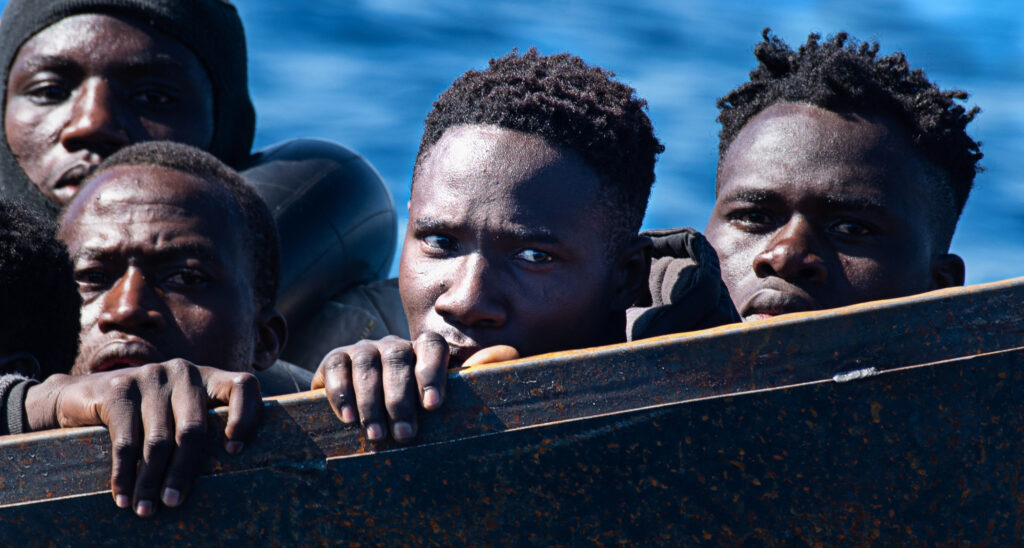Rising Islamist militants’ violence in the Sahel, a dynamic that dominates Africa’s fight against extremists
In 2021, Africa suffered a new record level of Islamist violence, driven by a 70% increase in violence linked to militant Islamist groups in the Sahel.
Strengths

- The almost doubling of violence linked to militant Islamist groups in the Sahel (from 1,180 to 2,005 events) highlights the rapid escalation of the security threat in the region. This peak is the most important change among all regions prone to violence by militant Islamist groups in Africa. It eclipses a 30% reduction in violence in the Lake Chad Basin, northern Mozambique and North Africa.
- Overall, violence related to militant Islamist groups increased by 10% in 2021, reaching a record level of over 5,500 events attributed to these groups in Africa. This has continued an upward trend since 2016. However, the annual rate of increase was, in 2021, much lower than the 43% increase reported in 2020.
- The number of deaths attributed to militant Islamist groups fell by 7% in 2021 compared to 2020, reaching around 12,700 deaths across Africa. This includes a 14 per cent decrease in deaths attributed to violence against civilians and a decrease in all regions outside the Sahel.
- Battles between militant Islamist groups and military forces or non-state armed groups constitute 52 per cent of the violent events counted in 2021. In recent years, this reflects the continuation of a significant increase in the number of battles in northern Mozambique, Somalia and the Sahel.
- The violence of militant Islamist groups remains largely concentrated in five theatres – Somalia, the Lake Chad Basin, Mozambique, and North Africa – each including separate local actors and particular challenges.

